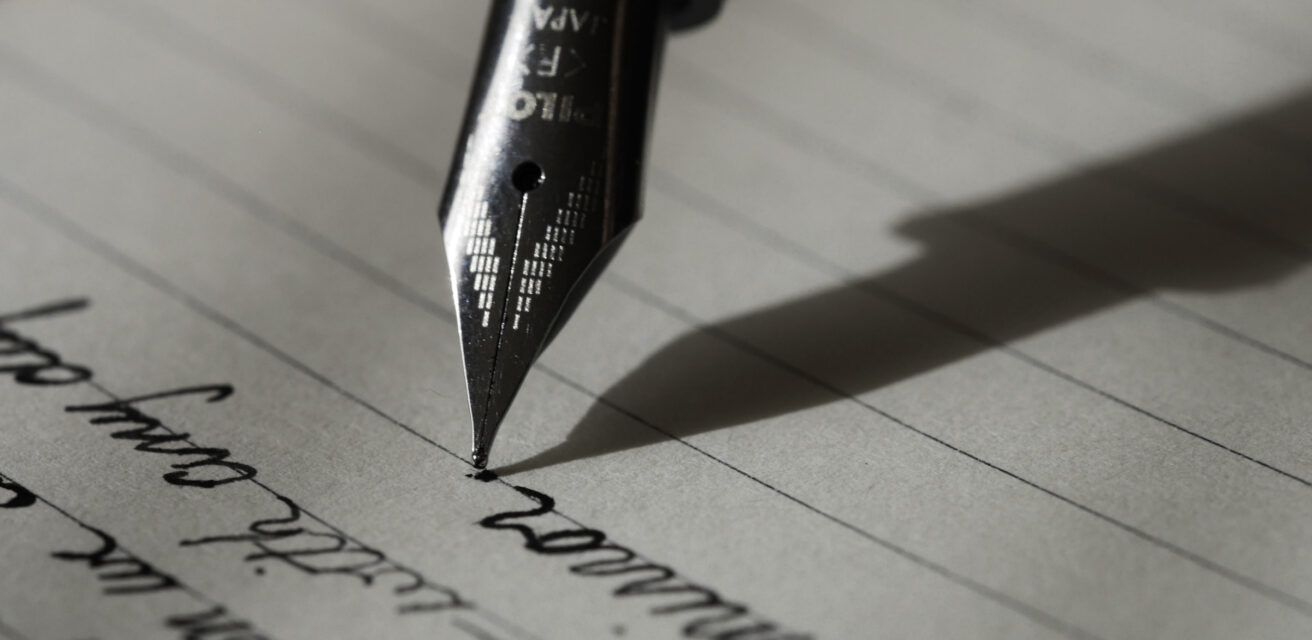
Proofreading Creative Writing
Truth hurts. That’s why everyday life is full of little white lies, and why most of the human race avoids telling anyone that their baby isn’t all that pretty.
But proofreaders aren’t so lucky. Our career is a world of uncomfortable truths. And this is especially true when working with authors and other creative writers. Such writers put their hearts and souls into their work, so any criticism, however necessary, can be hard to take. In this blog post, then, we look at the delicate art of proofreading creative writing.
Work with the Client
When dealing with creative writing, you may need to develop a close working relationship with the client. Find out exactly what they need. Is it copy editing? Developmental editing? Or just a final proofread before they submit a manuscript for publication?
If you are working directly with the author, check they are happy with any significant changes. Be willing to explain the editing process and help them understand why you are suggesting changes. Be aware that they may be protective of their work.
Ultimately, compromise is important. You are providing a service. And if an author has employed you, they will ultimately have the final call on their work.

You are my perfect golden child. I will not let any editor change a hair on your head.
Preserve the Author’s Voice
Proofreading is generally not about making substantial edits, but this can be complicated when proofreading creative writing. Some people who ask for a ‘proofreader’ are actually looking for an editor, so they may expect you to make more significant edits. As such, make sure make to check with the client before you begin editing their work.
Regardless of whether you are proofreading or editing, though, it’s vital to maintain the authorial voice throughout the document. You may not like their style – you may think it could be improved – but that’s not your call unless they’ve asked for stylistic feedback.
Moreover, in creative writing and particularly in poetry, there is room for playing with conventions. Unusual grammar and made-up words are not unusual. Use common sense and check before changing anything that the author might have done deliberately.
Be a Proofreader
That said, remember what you’re there for. Littering your client’s work with unsolicited substantial changes is not good practice, but the reverse can be just as bad. Don’t get so swept up in reading the text that you forget to treat it as a job. And don’t be so scared of hurting the client’s feelings that you let errors slide. Again, common sense is key.
Be Tactful but Clear
When communicating issues to the client, find a balance between tact and clarity. On the one hand, you should never be rude or dismissive about their work.
On the other hand, you help no one if you fail to clearly communicate a problem or offer a solution. Be professional. Be authoritative. But be kind.
Authors often like to work with the same proofreader or editor over time. So be the best proofreader you can, and you may find yourself with a happy regular customer!
Becoming A Proofreader
After completing our Becoming A Proofreader course, you will be able to proofread any business, creative or academic document to a professional standard. Why not give our free trial module a go?


